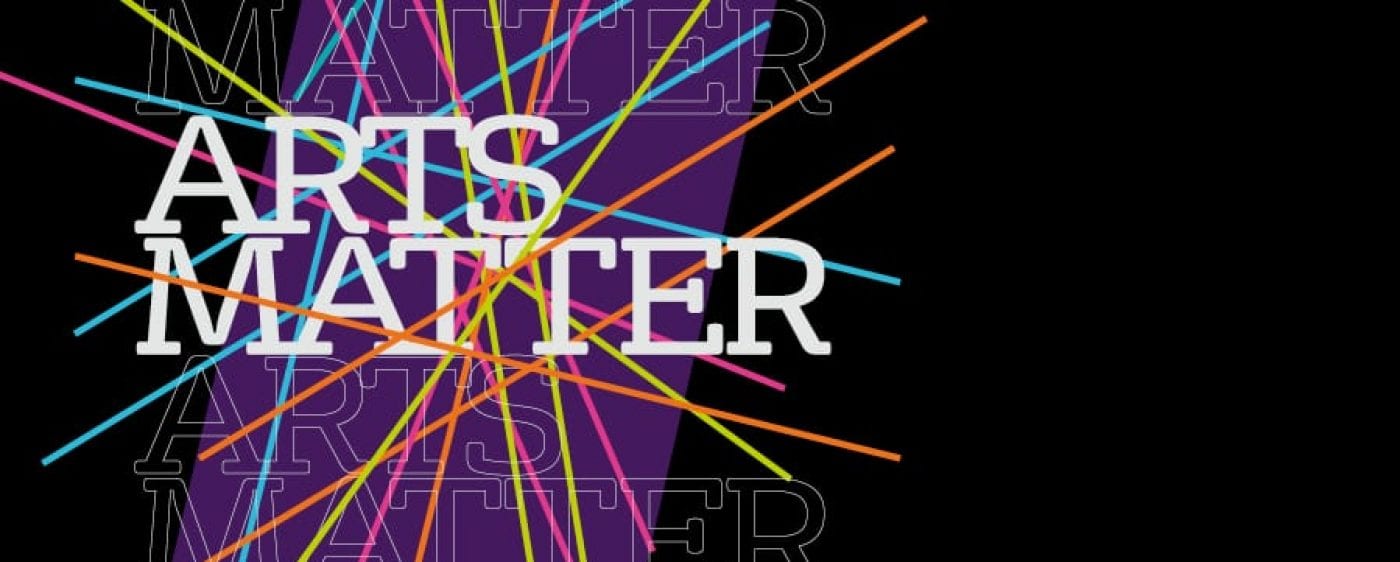By Hadi Rahmani, PhD Music candidate, School of Arts
Continuing our series spotlighting PGR summer internship projects, PhD Music candidate Hadi Rahmani tells us about working with Professor Michael Ellison to uncover and study endangered vocal music in his native Iran. As Hadi explains, carrying out this research is vital for ensuring these unique cultural expressions endure for generations to come.
Iran, a land steeped in history and culture, resonates with a diverse array of folk music traditions that reflect the country’s geographical and cultural richness. During this project, I explored the depths of these traditions, uncovering a mosaic of voices that span different regions, each with its own unique flavour and significance.
Overview of Iranian Folk Music
Iran’s folk music reflects the country’s rich cultural diversity, spanning various regions and linguistic traditions. My research covered Azerbaijan, Northern Iran (Talesh, Gilan, Mazandaran, Turkman Sahra), Kurdestan, Khorasan, the Zagros region (Lorestan, Bakhtiyari, Qashqai), Southern Iran (Khuzestan, Bushehr, Hormozgan), and Baluchestan, as well as Zoroastrian music from Central Iran. This diverse musical heritage includes languages from the Turkic family (Azari, Qashqai, Turkmen), Iranian languages (Lori, Kurdish, Taleshi, Gilaki, Mazani, Baluchi), the Semitic family (Arabic), and local dialects like Bakhtiyari and Bushehri (Bandari). These regional and linguistic variations contribute to the richness and complexity of Iranian folk music, making it a vital area for preservation and study.

Different Functions of Folk Songs in Iran
Iranian folk music serves a variety of functions, reflecting the cultural and social fabric of the country. These functions include dance music, which energizes social gatherings; lamentation songs, which express grief and sorrow; and ritual music, integral to religious and cultural ceremonies. Therapeutic songs, such as Zār, are used for healing, while Sufi music facilitates spiritual experiences. Epic and storytelling songs preserve historical and cultural narratives, and work songs coordinate collective labor. Additionally, ceremonial songs accompany events such as weddings and other significant life milestones, highlighting the multifaceted roles of folk music in Iranian society.
Connection to My PhD Research and Impact on Composition Work
The exploration of Iranian folk music has been instrumental in my PhD research on counterpoint within Persian traditional music. Many of these folk traditions are closely related to the Dastgah system (Dast meaning hand and Gah meaning a specific place), enriching my understanding of modal structures and their potential for polyphonic development. However, some folk traditions diverge from the Dastgah, offering unique modal qualities and rhythmic patterns that inspire innovative compositional techniques. The modal diversity and rhythmic intricacies of these folk songs, along with their elaborate variations, provide a profound source of inspiration, allowing me to incorporate authentic Iranian elements into my contemporary compositions, bridging traditional and modern musical expressions. Engaging deeply with Iranian folk music has not only expanded my research skills but also broadened my cultural horizons. It has prepared me for the collaborative nature of academic publishing, as I worked to synthesise these findings within a broader scholarly context. I’ve gained profound insights into the neglected folk traditions from remote corners of Iran, fostering a deeper appreciation for the country’s musical heritage and its socio-cultural significance.

Interdisciplinary Connections and Challenges in the Research
Conducting research on Iranian folk music has revealed significant interdisciplinary connections and challenges. Ethnomusicology, sociology, psychology, music therapy, and history intersect in this field, highlighting the rich cultural and social contexts of the music. However, a major challenge is the lack of resources, particularly academic works and expert analyses of folk music, many of which are in danger and require urgent preservation. This scarcity necessitates extensive fieldwork and primary data collection, which, while enriching, can be time-consuming and complex. Despite these obstacles, the interdisciplinary nature of this research offers a comprehensive understanding of Iranian folk traditions and their broader implications. Through this internship, I was able to utilise my knowledge of Iranian music to uncover and study regional voices and source recordings, providing key insights that will contribute to both the Centre for Asian Music Studies and the groundwork for future research in contemporary ensemble performance and composition.

In conclusion, my journey into Iranian folk music has been transformative, offering profound insights into its cultural tapestry and enriching my academic pursuits. Many of these folk traditions are in danger of being forgotten and require more attention to preserve them. I am excited about the future potential of this research, both in advancing scholarly discourse and contributing to the preservation of Iran’s diverse musical traditions. Research like this is vital for ensuring these unique cultural expressions endure for future generations.
Hadi Rahmani is a PhD candidate in Music Composition, focusing on polyphony within Persian traditional music. His research delves into the modal and rhythmic structures of Iranian folk traditions, exploring their potential for contemporary composition. To find out more about the project, please contact hadi.rahmani@bristol.ac.uk. To read more PGR summer internship projects, visit Arts Matter.



